How Long Does It Take To Grow Cannabis Indoors
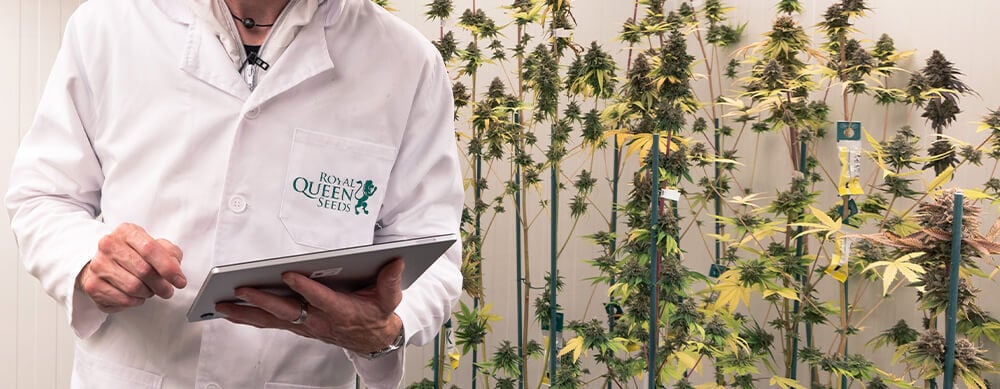
If you ask most growers how long it takes to grow weed, chances are you won’t get a straight answer. This is because the time it takes to grow weed can depend on many factors such as strain genetics, growing methods used, and certain environmental factors. All things considered, it could take anywhere from 8 weeks to 7 months until you can actually smoke your harvest. Below, we offer some guidelines on the timescales involved when growing weed, so you can plan your grow accordingly and reap the final rewards!
Contents:
The Growing Stages of Cannabis
In this guide, we will look at the different stages involved with growing feminised photoperiod cannabis indoors. As we want to give you an idea of what to expect from the moment you decide to start growing to when you can finally enjoy your self-grown stash, we are also including preparation time and drying and curing time for your weed post-harvest. The following are the stages of a typical cannabis indoor grow:
Preparation time before you grow (0–4 weeks) - The time you need to get your seeds and supplies together, and to get your grow room ready.
Time to grow cannabis (8 weeks–7+ months) - The time needed to grow weed from the moment you germinate your seeds until harvest; includes the four growing phases of cannabis:
1. Germination (1–7 days) - When your seeds “come to life” and begin sprouting.
2. Seedling stage (10–15 days) - The “baby-phase” of your freshly sprouted cannabis plant.
3. Vegetative stage (2–8+ weeks) - The vegetative stage could last indefinitely if we’re talking photoperiod (non-autoflowering) strains. Most growers let their plants vegetate for a month or two, or until their plant has a reached a certain size. Bigger plants can mean bigger yields, but how long you veg depends on available growing space.
4. Flowering stage (5–16+ weeks) - This is the reproductive stage of cannabis when it begins producing buds. How long your cannabis needs to ripen its flowers greatly depends on the strain you are growing. Fast-flowering indicas can be ready after about 55–60 days of flowering, whereas some sativas could take a few months for their buds to ripen.
Time after harvest (2–4+ weeks) - After you’ve harvested your plants, you still need to dry and cure your buds before you can enjoy them.
A Detailed Timeline on Cannabis Growth
Now that you have an idea of how long it will take to grow weed indoors, we can start to break down some of the specifics so you can get the most out of your operation.
Preparation Time Before You Grow
Time: 0–4 weeks
You may already be set with some seeds and your grow room is ready to go. Great! In this case, there won’t be much prep time needed to start your grow. Otherwise, this period takes into consideration how long it will take to order and receive your seeds, as well as source any equipment such as potting containers and soil. This period will therefore vary depending on what you need, where you are buying from, the speed of your mail, etc. Expect the preparation time to take anywhere from 0–4 weeks if you still need some equipment before you can get started.
Time to Grow Cannabis
Time: 8 weeks–7+ months
This covers the entire cannabis life cycle from germination all the way through to harvest.
Germinating your seeds
Time: 1–7 days
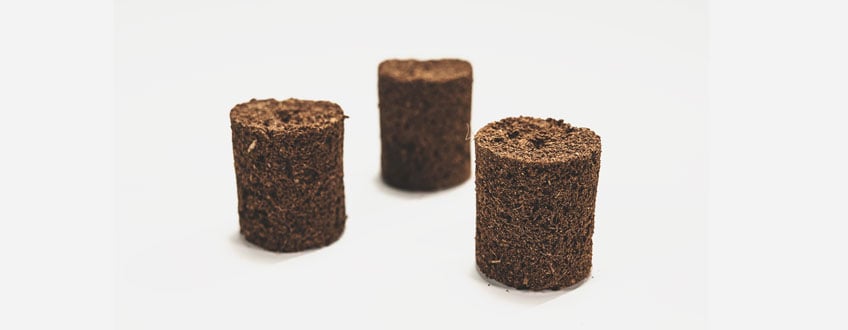
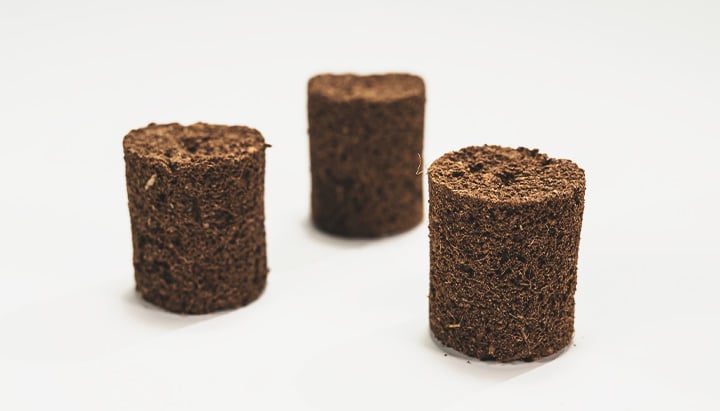
Germinating your seeds is the first “serious” step when growing weed. If something goes wrong with germinating, such as low-quality or old seeds that won’t “pop”, there won’t be much to grow after all. But you needn’t worry if you get your seeds from RQS, as our cannabis seeds are among the best-quality specimens on the market with the best germination rates.
To germinate your seeds, you can use the Royal Queen Seeds Starters Kit Feminised for optimal results. Growers also germinate using the “paper towel method”, or they put seeds in a glass of water and wait for them to sprout. Alternatively, you can just place your seeds directly in soil in a seedling pot, or even germinate them right in their final container. With good seeds, it won’t take more than 2 days until the taproot of your seeds will show, although some sativa seeds can take longer to sprout, up to 4–7 days. The time required for germinating seeds can also depend on other factors, such as temperature. It is unlikely, however, for seeds to take longer than 7 days to pop.
Seedling stage
Time: 10–15 days


Once you’ve planted your freshly sprouted seeds with the first set of embryonic leaves (cotyledons) popping out of the shell, this is when the seedling stage of cannabis begins. These baby plants are only a few centimetres tall and have just one or two sets of tiny leaves. It will still take some days until your seedling will start to look like an actual cannabis plant with the typical serrated leaves. The seedling stage will normally last 10–15 days or until your young cannabis plant has grown 3–4 leaf nodes. Around this time, your plant will officially enter the vegetative growing stage.
Vegetative stage
Time: 2–8+ weeks


Your cannabis plant’s vegetative growing stage starts at about the time when it has outgrown its seedling pot and is ready to be transplanted into a larger pot.
If you’re growing photoperiod cannabis under 18 hours of light and otherwise suitable conditions, there is nothing that will tell your plant when to enter flowering.
This means you could theoretically veg your photoperiod cannabis plant as long as you want. This is also what many growers do to keep their mother plants viable for a long time. But unless you’re growing mothers, you will normally want to veg your plants until they have reached a certain height, before initiating flowering by switching your timer to 12 hours of light and 12 hours of darkness.
How long you can keep your cannabis plant in the veg stage will primarily depend on how much space and energy (electricity) you have. Obviously, you want your plant to grow as big as possible so you can enjoy a big harvest, but you also don’t want it to get so tall that it outgrows your tent or grow space. Having an approximation of your plant’s final height is essential in this case, as some spindly sativas can easily double their height during the flowering stretch. The same goes for some modern hybrids and even indicas.
For controlled indoor grows, choosing the right tent size can help manage plant height and maximize available space. Compact tents are often preferred for keeping vegetation under control, while larger models allow plants more room to stretch before flowering.
Moreover, the growing techniques you use will also determine the length of your veg; if you’re growing in a SOG, with many small cannabis plants grown together in close proximity, you will usually initiate flowering much earlier. With other training techniques like topping, plants need time to recover from such “high stress” treatment, and therefore veg is lengthened by a week or more.
On average, when growing indicas and hybrids in a typical indoor setting, the vegetative stage will last 4–6 weeks.
Flowering stage
Time: 5–16+ weeks
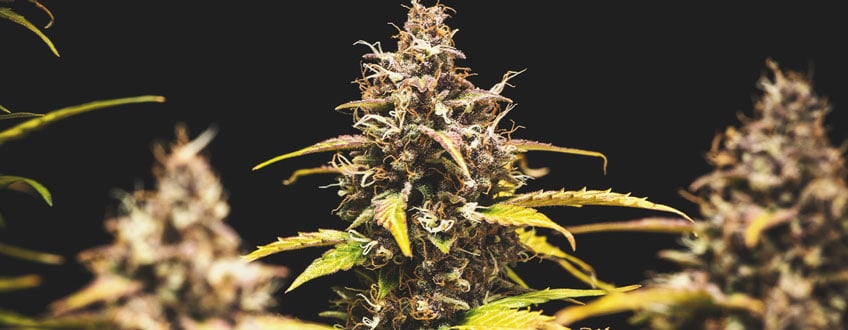

Photoperiod cannabis strains enter the flowering stage depending on the hours of light they receive. The naturally shorter daylight hours in autumn signal outdoor plants to start bloom. If growing indoors, you must initiate the flowering stage yourself by switching your lights to a 12-12 cycle.
Following a short pre-flowering stage where some plants stretch significantly in length, your plant will stop vegetative growth and put all its energy into producing what you planted it for in the first place: big, juicy, aromatic buds!
How long it takes for cannabis to mature its buds can vary greatly depending on genetics. Some indicas bred for speed can be ready after 5–7 weeks of bloom. However, the average flowering time for most indicas and hybrids is usually 7–10 weeks depending on the strain.
Certain sativas, such as Amnesia Haze, can take much longer to flower. These strains need 12 weeks or longer until you can finally harvest their buds.
Time After Harvest
Time: 2–4+ weeks
Unfortunately, you can’t just fill your bags with bud at harvest time and then smoke them right away. There are still some weeks to go until your fresh flowers turn into the awesome stash of weed that you’re eagerly looking forward to.
Now is the time to dry and cure your bud. This last step is particularly important because it will make all the difference in the final quality of your weed.
After drying your weed on wire racks (which may take 1–2 weeks), the buds will need to cure in a jar for another 2 weeks or longer. It is during this time that your stash will develop its potency, smell, and taste. If your weed is not cured well, it will taste awful, and will also make for a rather unpleasant high.
What Influences Marijuana Growing Speed?
If you want to control how long it takes to grow your weed, you need to look at the variables that determine the duration of a grow.
Genetics
The most important factor herein are cannabis genetics. Indica-dominant strains and hybrids are generally much faster-growing than sativas; in particular, Hazes can take a whole lot longer to finish. If you do not have much patience, some cannabis strains like RQS’ Royal Cheese or Honey Creamgrow quite fast, allowing you to harvest them after only 6–8 weeks of bloom.
If that’s still too slow for you, you can always grow autoflower cannabis strains. Autoflowering varieties flower on their own only 2–4 weeks after planting, and you can harvest them in a super-short 8–9 weeks post-germination.
If you’re choosing cannabis seeds and want to know what you’re in for, you should always buy from a reputable seed company such as Royal Queen Seeds, where you can find detailed information on each cannabis strain, including their flowering times. This allows you to choose the right strains for your unique setup.
Growing environment
Your growing environment, and this includes factors such as light, temperature, humidity, and the growing medium and nutrients used, is the second most important factor that influences marijuana growing speed.
For instance, if you have your plants under a powerful light, they can turn more light into energy to grow faster. If they receive less light, they will grow slower.
The optimal temperature range for cannabis in the vegetative stage is 20–30ºC, and for flowering about 18–25ºC. If temperatures are lower than that, your plants will need much longer to grow. But if the temperatures exceed these figures, this is not optimal either. Excessive heat will slow down and can even halt the growth of your cannabis plants.
The growing technique and medium you use will also make a difference. If you’re growing hydroponically with deep water culture or ebb & flow, for example, the roots of your plants are submerged in water with direct access to nutrients. This allows plants to spend more energy on vigorous growth with a shorter flowering time.
Training
Experienced growers often apply training methods such as topping or fimming to max out yields. The cutting or pinching of plants involved in these techniques causes some degree of intended stress, triggering the plant’s defences and encouraging stronger growth. Although plant training is worth it for the higher yields, the stress on plants can delay their development in the vegetative stage, which will add some significant time to your grow.
How Much Time is Needed to Grow Cannabis — the Bottom Line
If you are planning and reading about how to grow marijuana then, mapping your grow out from start to finish is important. By knowing the factors that influence speed, as well as the average timescale for each phase, you can set yourself up for success each and every time you grow. And remember, if you want to sidestep some of the uncertainties and extra time associated with photoperiod strains, you can always grow autoflowers—they’ll be done in half the time.
Happy growing!
Categories
Grow Cannabis With RQS


























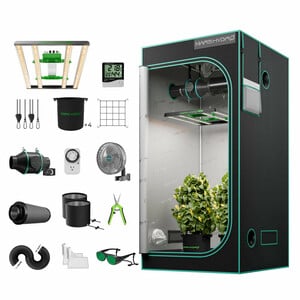
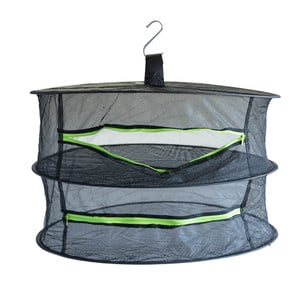
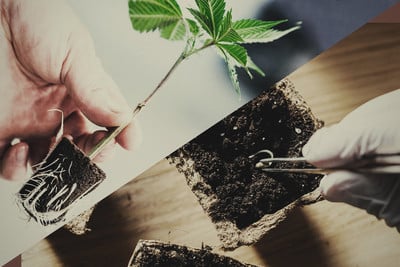

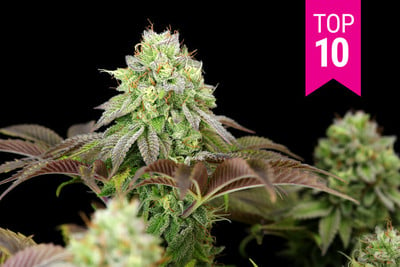
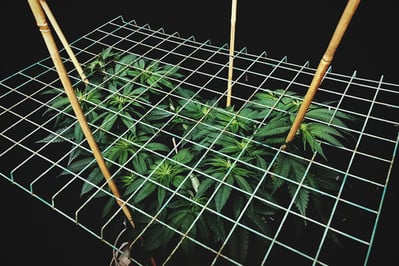

.jpg)







